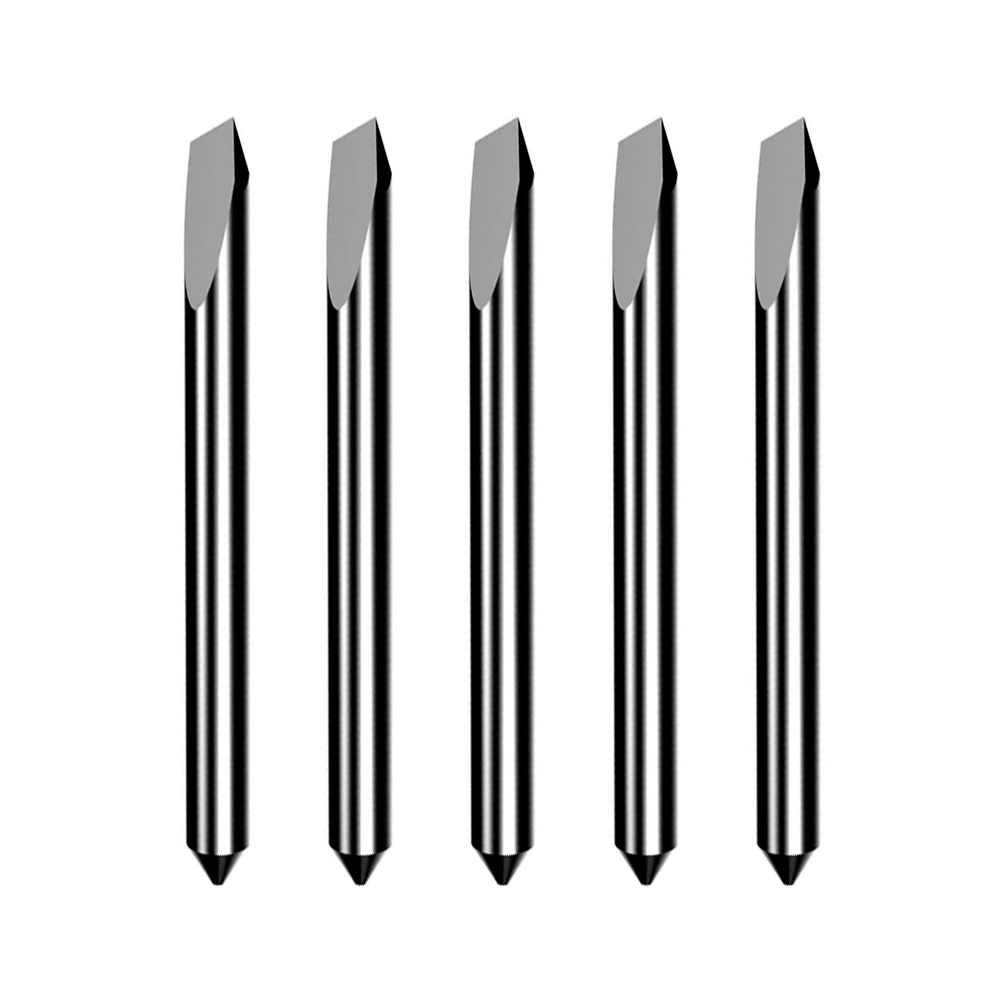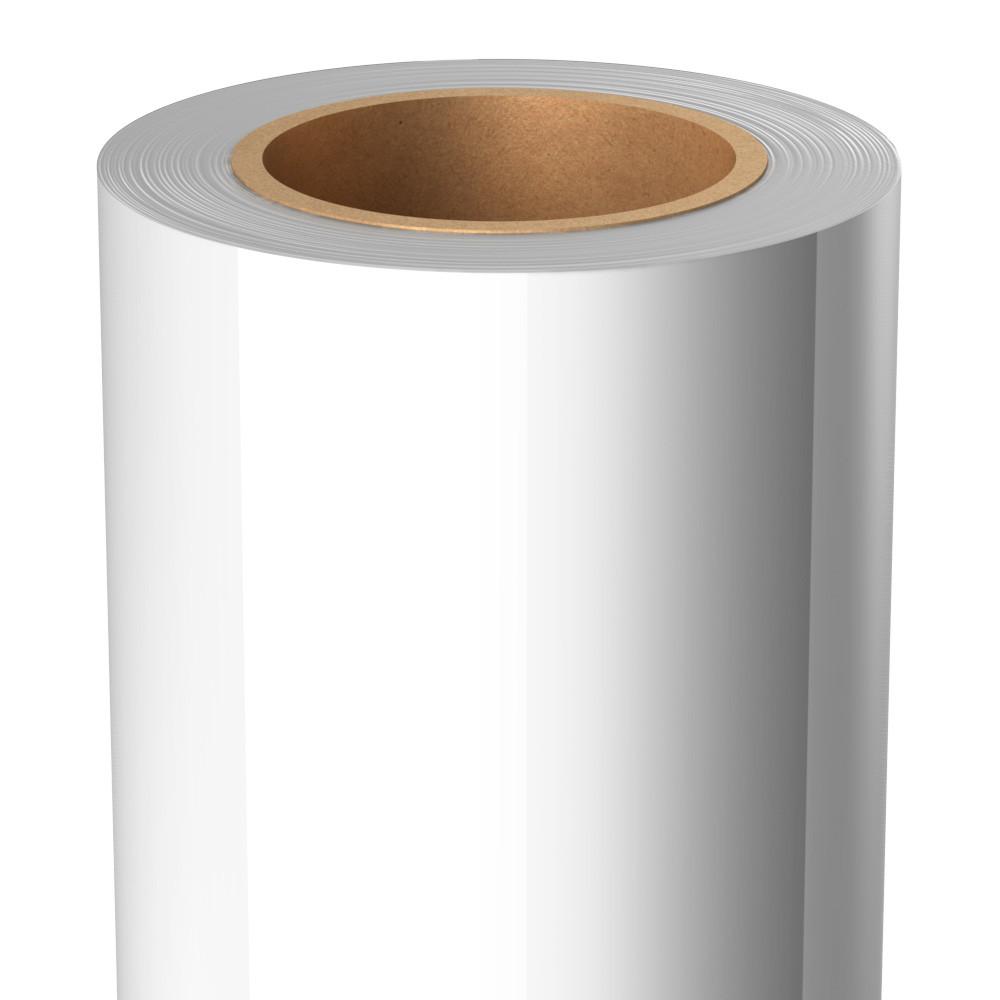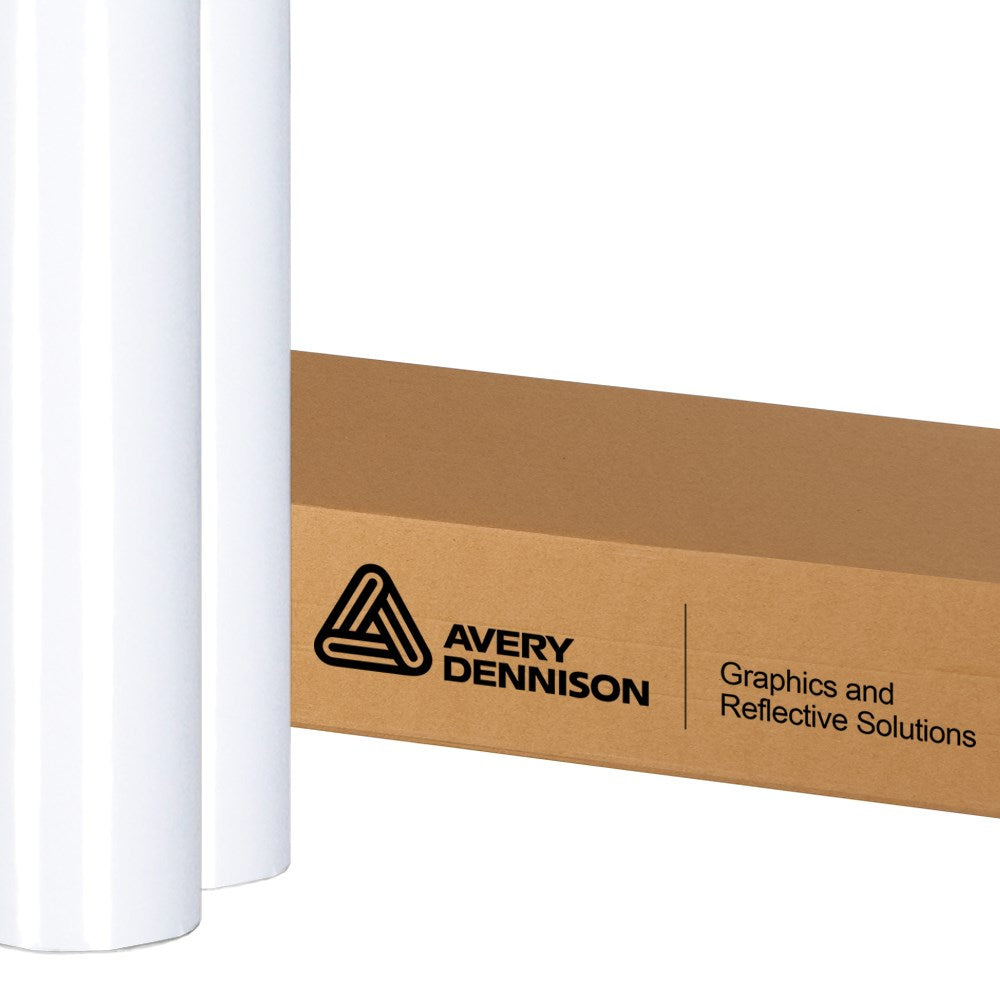If you run a business that requires frequent production of signs and materials for organizations and events, you’ve probably heard about plotters and cutters. A plotter is a machine that produces graphics and drawings. A cutter is any tool or device that is used to cut, shape, or remove material from a workpiece.
A plotter cutter is a device that has both the capabilities of a plotter and a cutter. It typically cuts graphics, lettering, and other designs from a variety of materials. However, they can only produce vector graphics, not pixels.
Many commercial flatbed cutters have plotting systems built into them already. In fact, you’ve likely seen the two terms used interchangeably. Manufacturers understand that your business handles a lot of projects and that you may not have the physical space for multiple flatbed devices. By combining the plotting and cutting capabilities into a flatbed cutter, you save your business time and money.
Choosing the Right Plotter Cutter
With so many different types of plotters and cutters, it’s hard to know where to begin. We’ve compiled a list of factors to consider when shopping for a plotter cutter. It’s a device that can make or break your projects’ success, so it is important to find a high-quality one that’s right for you.
Consider Its Uses
You must be intentional when making any investment purchases for your business. Consider the uses for a plotter and how that fits into the projects you take on. While smaller plotter cutters are available at a low price, they are best for hobbyists who exclusively work with thin materials such as paper and lightweight fabrics.
Commercial plotter cutters are optimal for jobs where you need to create multiple products and a variety of designs. In a commercial setting, you want a plotter cutter that can wield, print, and scan your materials. You want to be able to work with diverse sizes, materials, and designs.
Consider the number of jobs you take on, the materials required, and the typical size of the materials. You want to purchase a plotter cutter that is big enough for your projects and can accommodate quick turnaround times if needed.
Choose a Motor Type
The drive motor, or the engine of your plotter cutter, is the most important part of the machine. There are two main types of motors:
- Servo Motors: This device has a digital encoder that follows commands from software–it reads in binary zeros and ones to create the final product. These work best if you require precision or work with detailed, smaller images. They are the quieter of the two motors.
- Stepper Motors: This motor uses physical gears to create signs or materials. They are ideal for working with large images or if you prefer to work with more traditional technology.
Select Features or Accessories
With plotter cutters coming with so many new features, you want to be sure you’re choosing the ones that will work for you. Most plotter cutters have accessories included, but you want to make sure you know what you’re getting.
Some accessories benefit the cutting process. Trimmers, hooks, and pickup tools are just a few examples of cutting accessories that can streamline your cutting process. Other accessories can boost your designs. These accessories—sketching pens, vinyl sheets, and adhesive papers—are often overlooked but can provide dazzling results; they also allow you to work on diverse surfaces.
Final Thoughts
When you’re investing in devices for your business, you want the best. A plotter cutter combines the capabilities of both a plotter and a cutter, and comes with other benefits as well. By thoughtfully evaluating the needs of your business, learning the motor types, and customizing your accessories, you will find the best plotter cutter for your projects.






